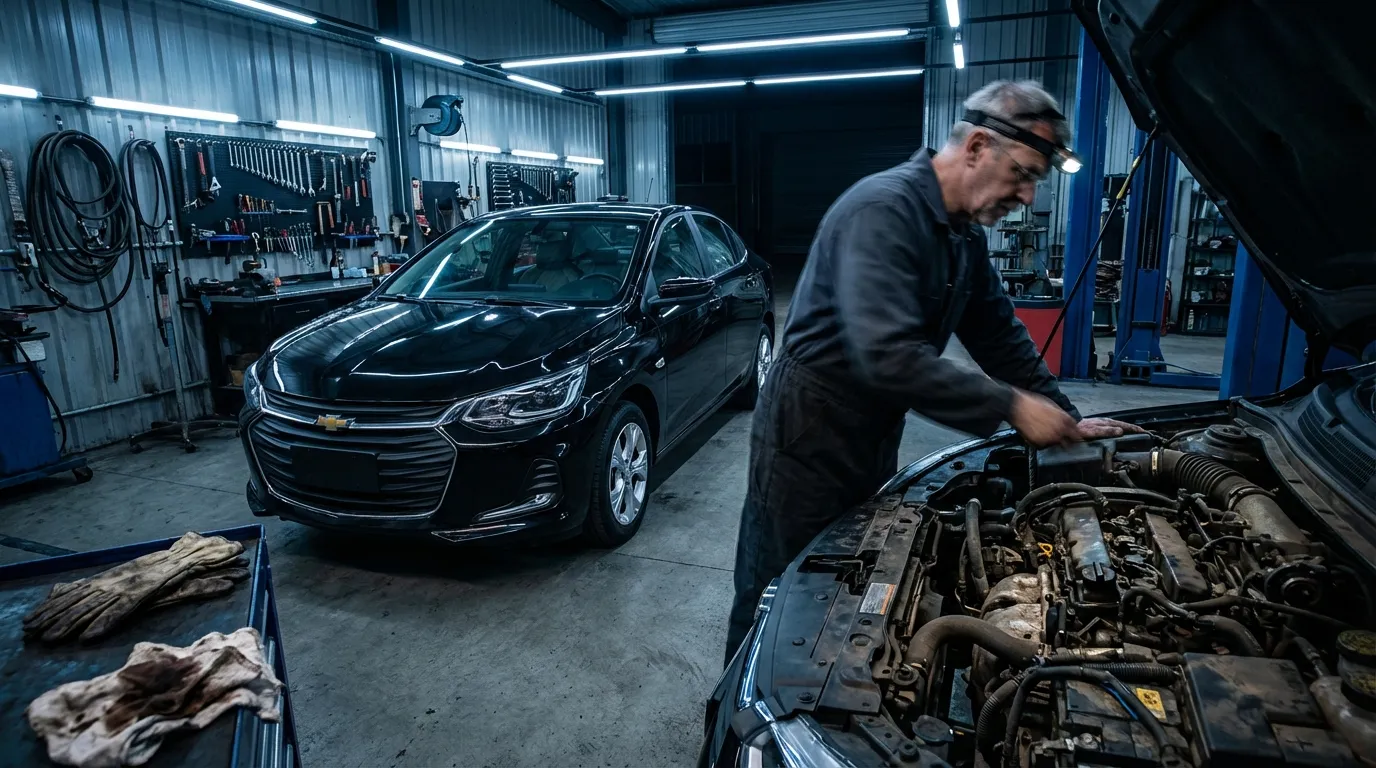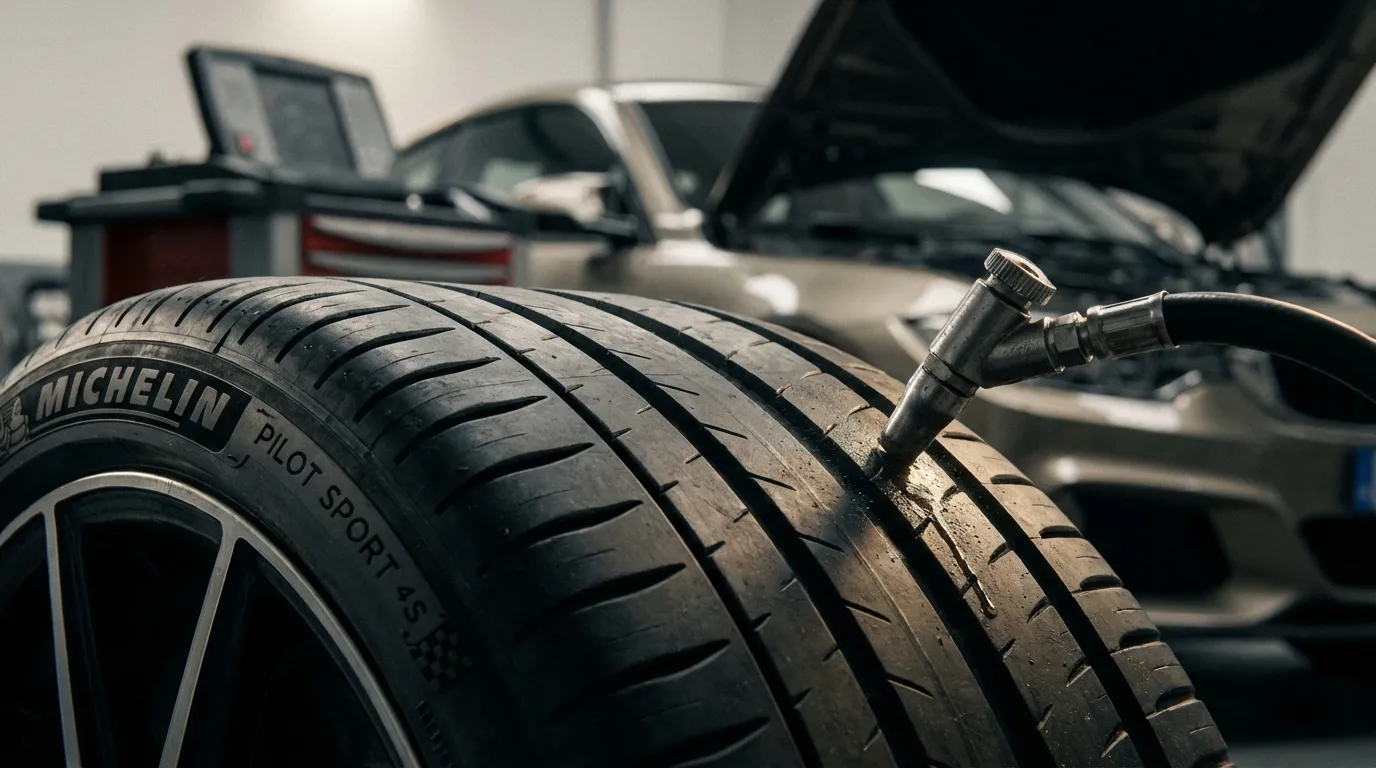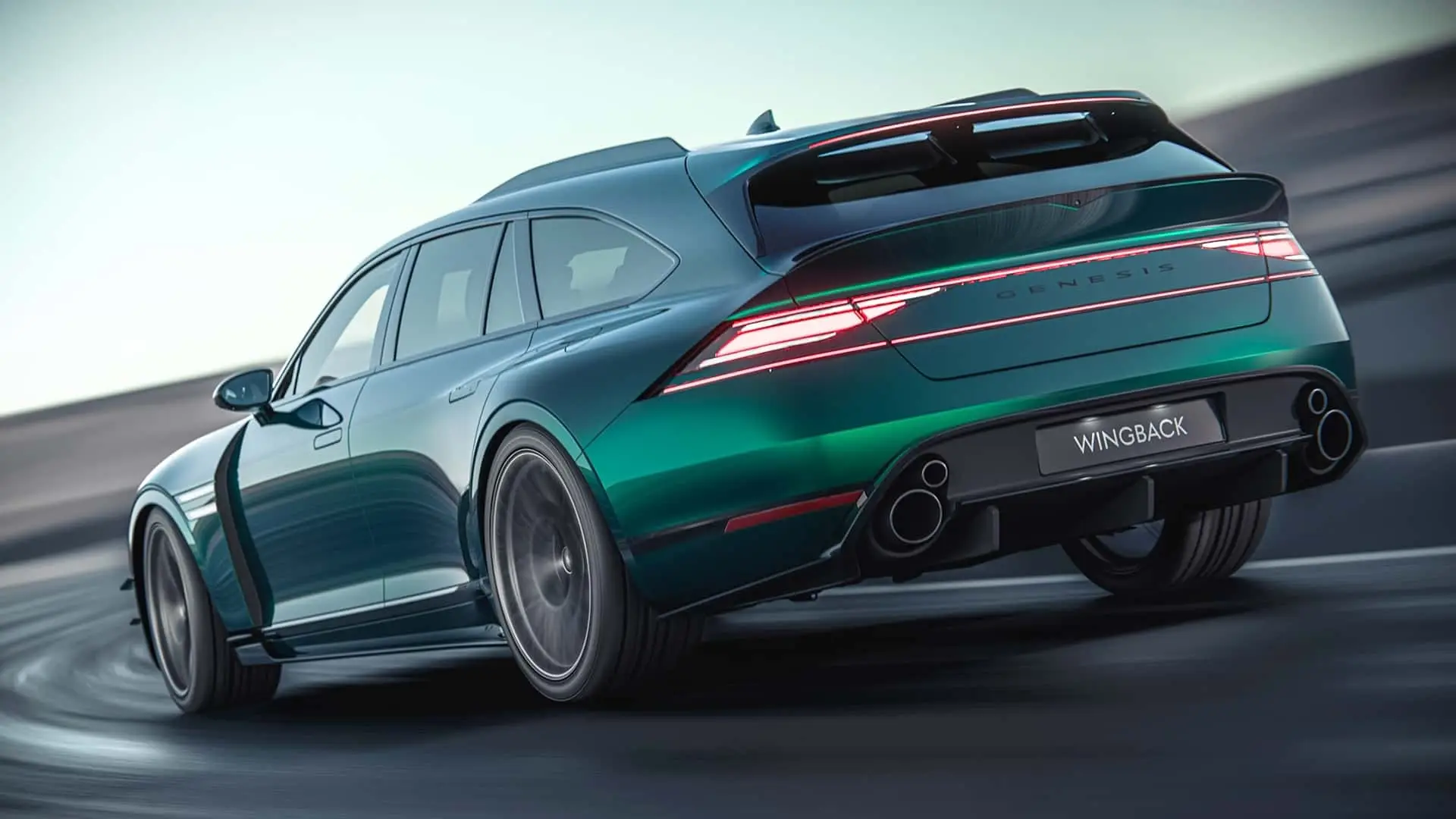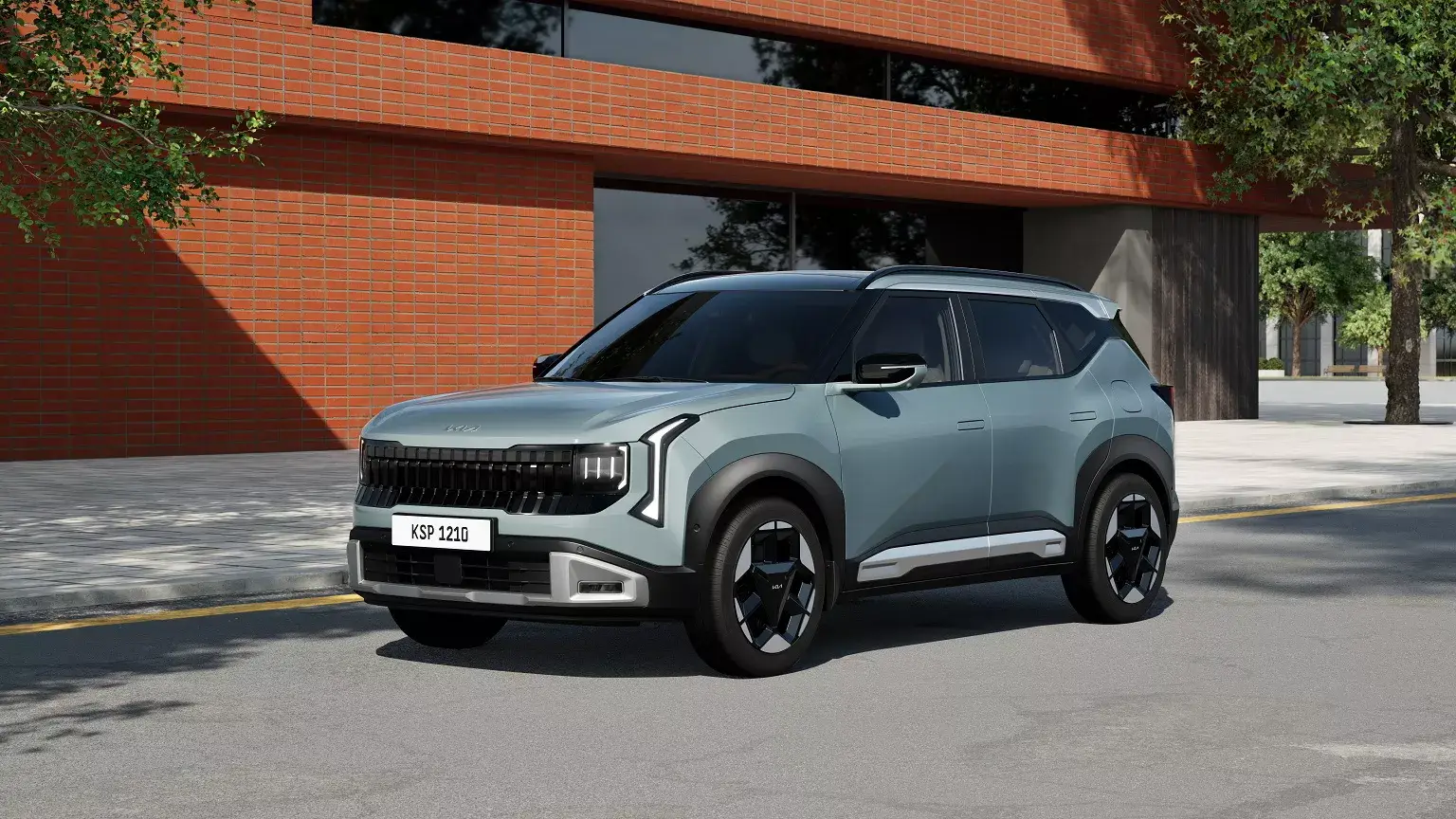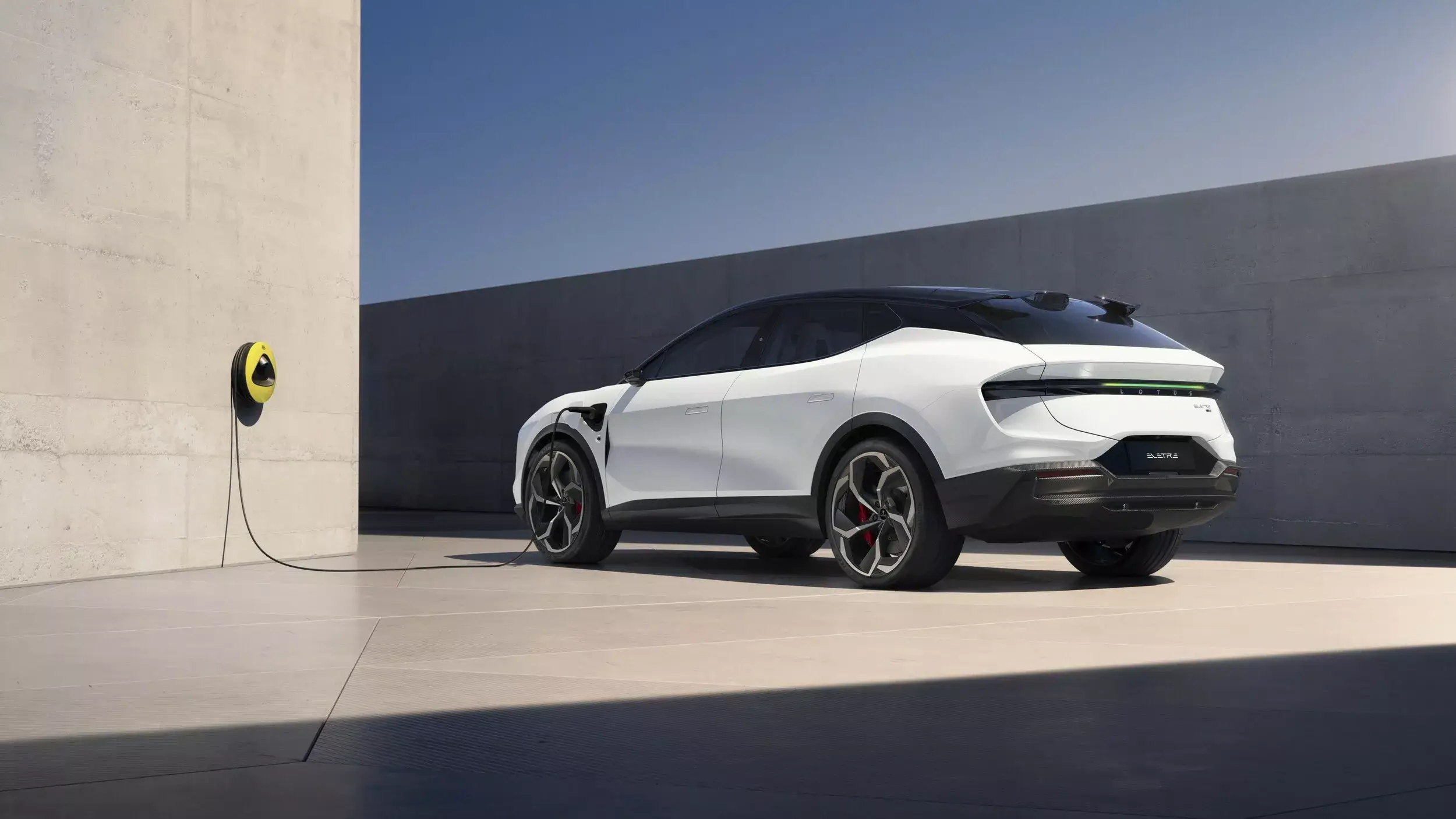With a compact design and unmatched brilliance, laser headlights redefine safety. See if the high investment is truly worth it.
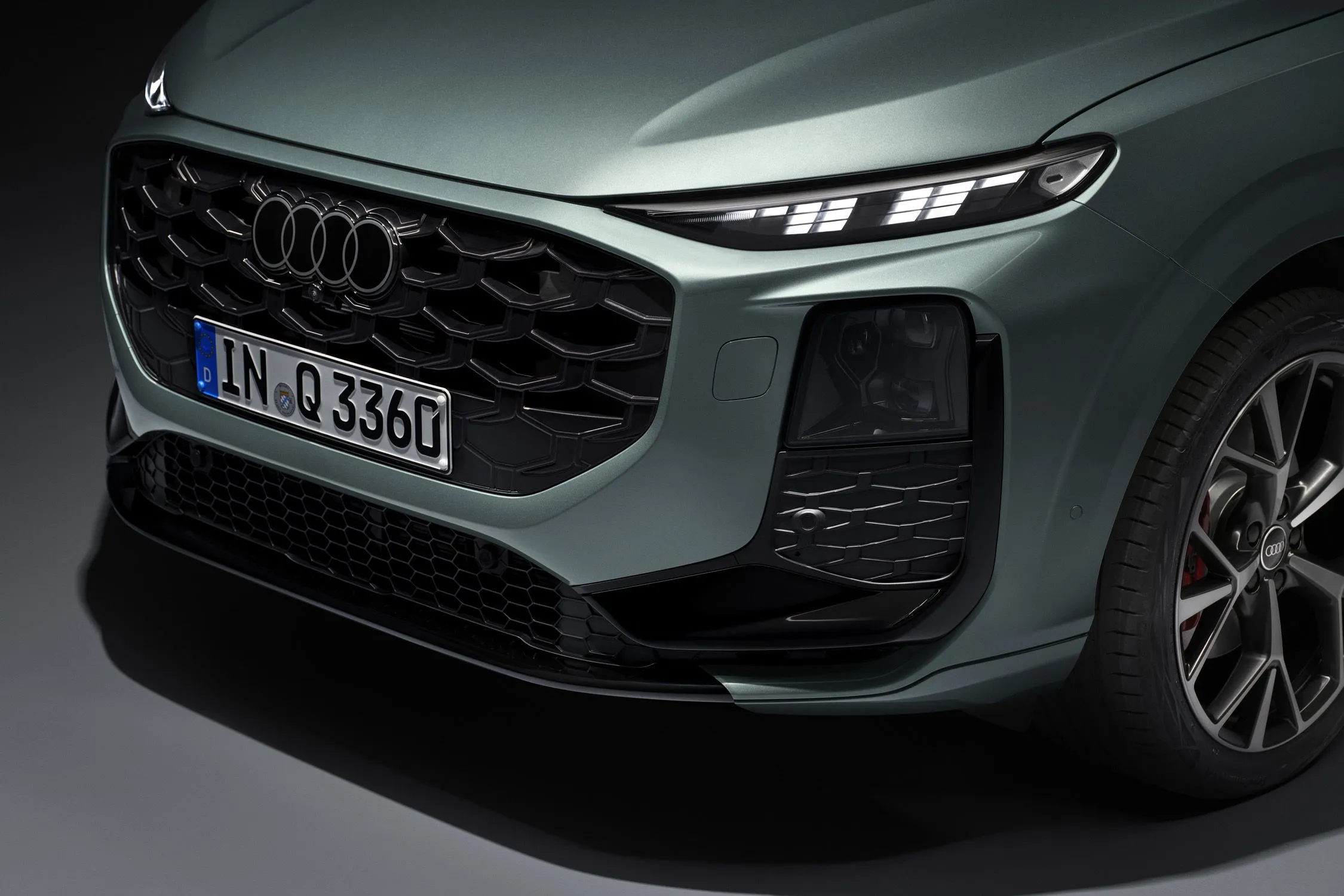
Automotive headlights have come a long way since the acetylene lamps of the early 20th century. The relentless pursuit of greater safety, efficiency, and design freedom has led the evolution from halogen lamps to Xenon, then to LED, and now to the forefront of lighting technology: the laser headlight. Promising unprecedented range and brightness, this innovation is gradually making its mark in the luxury car segment. However, like all cutting-edge technology, laser headlights present a distinct set of pros and cons that warrant a thorough analysis.
How Does the “Light of the Future” Work?
Contrary to what the name might suggest, laser headlights do not shoot laser beams directly onto the road. The process is more sophisticated and safe. Inside the headlight assembly, multiple high-intensity blue laser diodes emit beams that are directed and focused, via a system of mirrors, onto a small lens coated with yellow phosphor.
When the blue laser light hits the phosphor, it becomes excited and emits an extremely intense and pure white light. This white light is then reflected and projected forward, forming the headlight beam. This conversion method is crucial to ensure that the emitted light is safe for human eyes and suitable for road illumination.
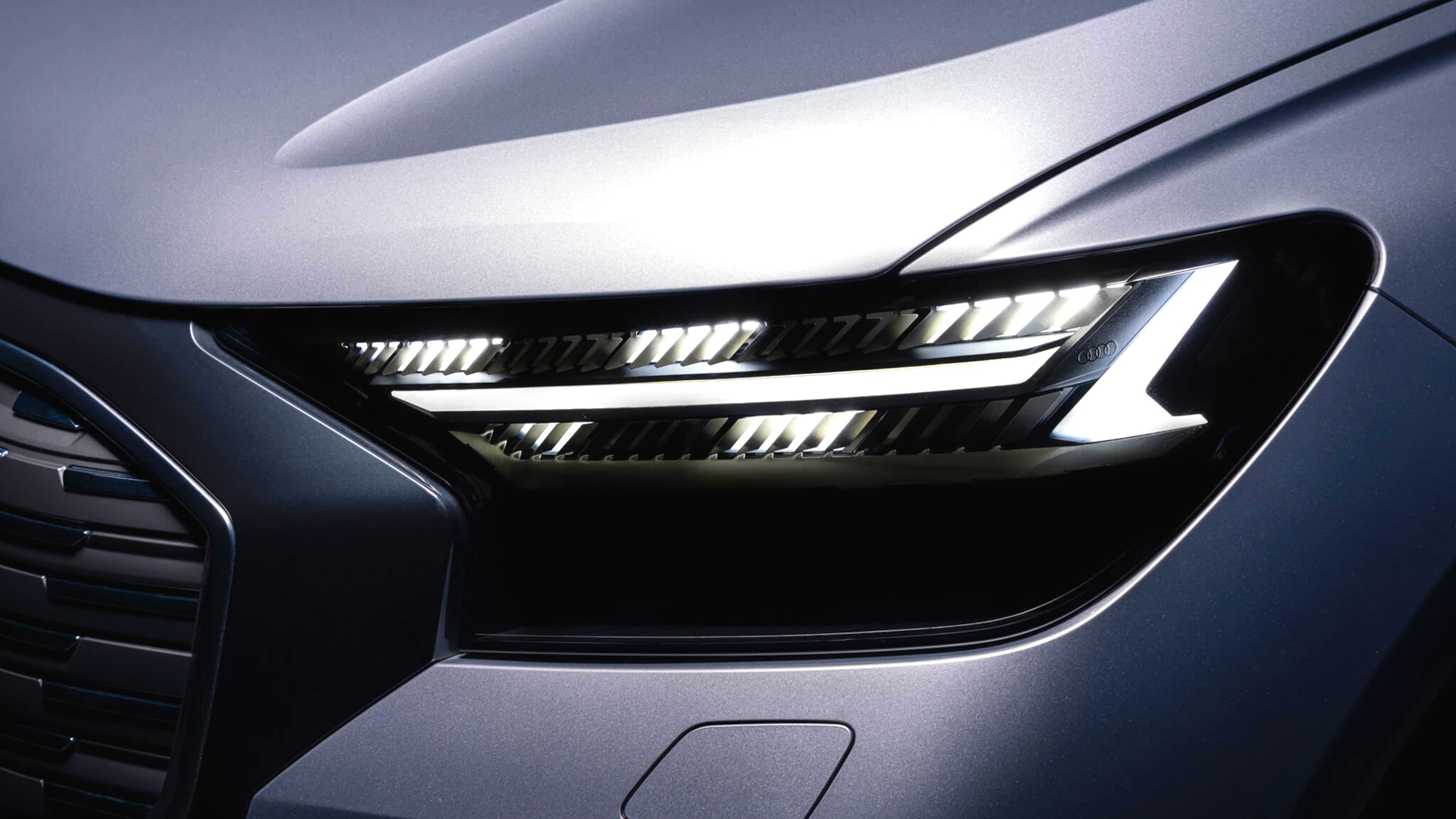
The Pros: Undeniable Advantages of Laser Lighting
The adoption of laser headlights, although still limited, is driven by a series of significant benefits that place them well ahead of previous technologies.
1. Superior Range and Brightness
The most notable advantage of laser headlights is their ability to illuminate the road at an impressive distance. A laser high-beam system can reach up to 600 meters, double the range of the best LED systems. This greater visibility over long distances gives the driver more reaction time to obstacles, curves, or animals on the road, drastically increasing safety, especially at high speeds and on poorly lit roads. The light intensity is also significantly higher, resulting in clearer and sharper illumination of the surroundings.
2. Energy Efficiency
Despite their luminous power, laser headlights are surprisingly energy efficient. They consume about 30% less energy than already efficient LED headlights to produce a much greater amount of light. This efficiency contributes to a slight reduction in fuel consumption in combustion vehicles and, more importantly, can help extend the range of electric vehicles.
3. Compact Design and Flexibility
Laser diodes are extremely small, considerably smaller than the light-emitting diodes (LEDs). This compact nature offers automotive designers unprecedented freedom in creating thinner, sleeker, and more aerodynamic headlight assemblies. The reduction in the size of lighting components allows for the integration of new visual signatures and more innovative front-end designs that would not be possible with bulkier lighting technologies.
4. Precision and Beam Control
The light generated by laser technology is highly coherent and focused. This allows for very precise control over the direction and shape of the light beam. When combined with camera and sensor systems, laser headlights can dynamically adapt to road and traffic conditions. They can, for instance, create “tunnels” of darkness around oncoming or preceding vehicles while keeping the high beam active without dazzling other drivers. This functionality, known as “matrix laser,” represents a significant advance in active safety.
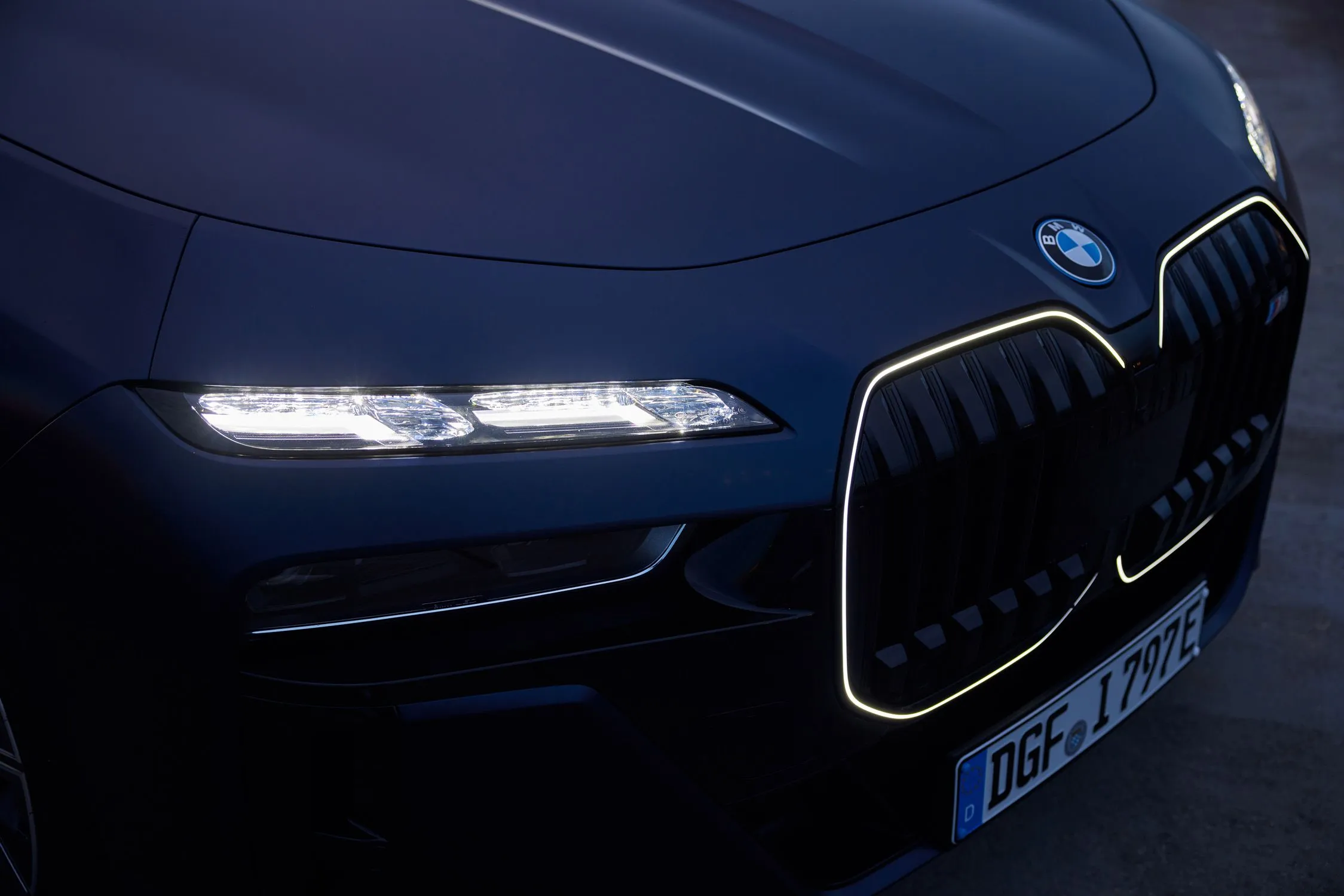
The Cons: Challenges and Costs of Cutting-Edge Technology
Despite their impressive advantages, laser headlights are not without drawbacks, which currently limit their mass adoption.
1. Exorbitant Cost
The main obstacle to the popularization of laser headlights is their cost. The technology involved, including the laser diodes, mirror systems, and phosphor lens, is complex and expensive to produce. Currently, this technology is offered as a luxury option on high-end models from brands like BMW, Audi, and Mercedes-Benz, with a cost that can run into several thousand euros. The replacement cost in case of damage or failure is equally high.
2. Complexity and Repair
The sophistication of the laser headlight system translates into greater complexity. Precise calibration of the lasers and mirrors is essential for their safe and effective operation. In case of failure, repair is not as simple as swapping a bulb, requiring specialized technicians and specific equipment, which can increase maintenance costs and time.
3. Heat Generation
The conversion of laser light into white light via the phosphor generates a significant amount of heat in a very concentrated space. This heat needs to be managed effectively to prevent damage to the headlight components and ensure the longevity of the system. This requires the integration of cooling systems, such as heat sinks and sometimes small fans, which adds more complexity and potential points of failure to the assembly.
4. Regulatory and Operational Limitations
Due to their intensity, laser headlights are generally only used for the high-beam function. In many countries, their activation is subject to certain conditions, such as a minimum speed (e.g., above 60 km/h) and the absence of other light sources (street lighting or other vehicles). This means that in most urban or traffic driving situations, the laser functionality will not be active, and the vehicle will rely on its LED headlights for primary illumination.
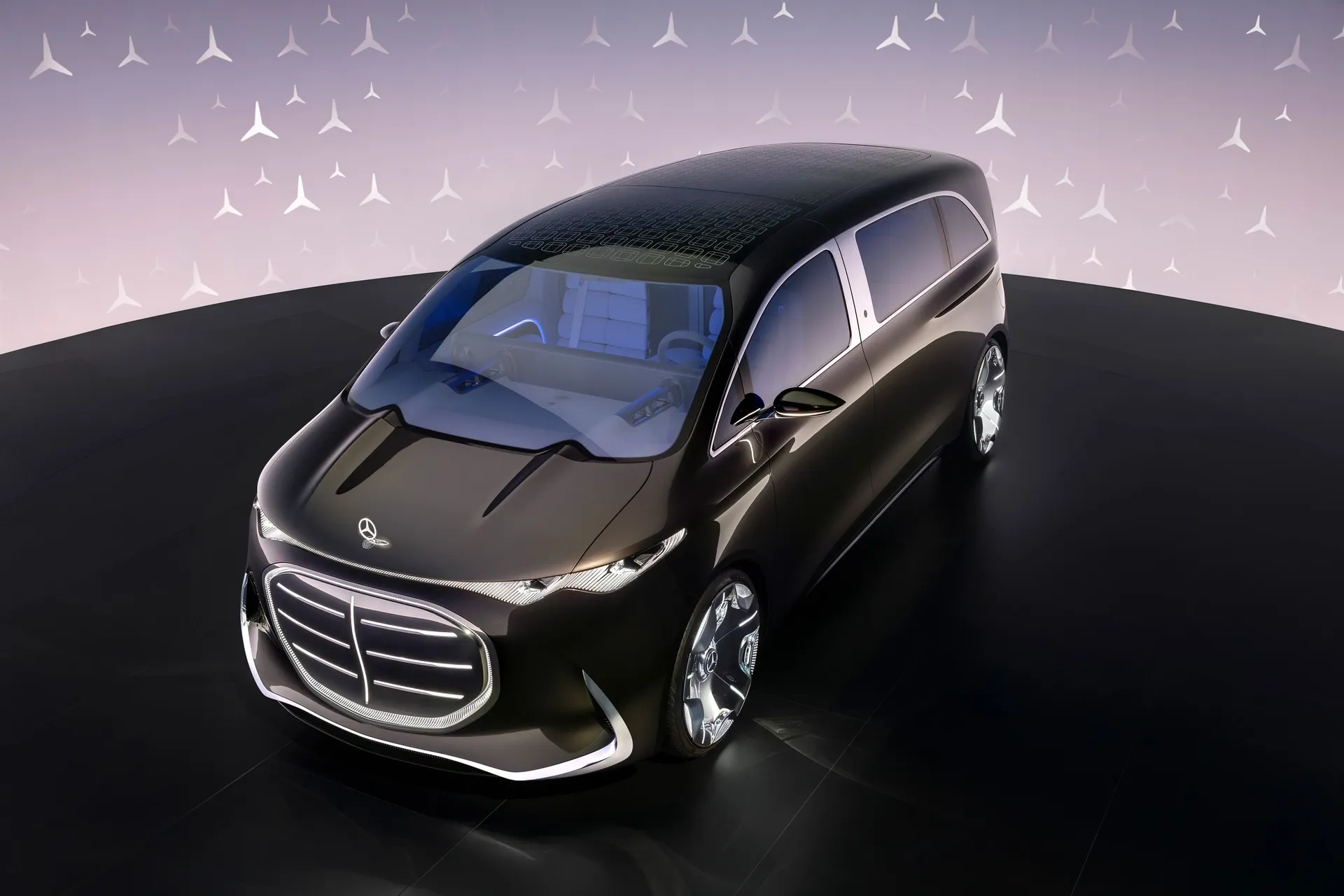
The Future of Automotive Lighting
Laser headlights represent the pinnacle of current automotive lighting technology, offering a glimpse into a future where night driving can be as safe as daytime driving. Their advantages in range, efficiency, and design are undeniable and point the way forward.
However, challenges related to cost, complexity, and thermal management are significant barriers that need to be overcome before this technology can be implemented in mass-production vehicles. Just as it was with Xenon and LED headlights, it is likely that, over time, technological advancement and economies of scale will make laser headlights more accessible.
For now, they remain a luxury extra, a demonstration of innovation, and an important step towards a brighter and safer future on the world’s roads.

